Forex Weekly Outlook June 23-27
Haruhiko Kuroda’s speech US housing data, German Ifo Business Climate, US CB Consumer Confidence, US Durable Goods Orders, Mark Carney’s speech are the main highlights on FX calendar. Here is an outlook on the main market-movers for this coming week.
Last week, the Fed continued its $10 billion bond tapering, reaching $35 billion, but delivered mixed messages at the press conference on Wednesday evening. The Federal Reserve reduced economic growth forecast to 2.3%, but also a lowered unemployment projection to 6-6.1%, while nearly maintaining its inflation forecast to 2.1-2.3% describing the recent inflation data as “noisy” saying, the FOMC will take its time about interpreting CPI data. Yellen also stressed that the Fed is taking a “balanced approach” to monetary policy and is being very watchful to unfolding economic events. Will the growth trend continue?
- aruhiko Kuroda: Monday, 6:00. BOE Governor, Haruhiko Kuroda will speak in Tokyo. Kuroda is confident that the BOJ’s massive monetary stimulus pulled Japan out of deflation, but money printing alone will not do the job. Kuroda urges Prime Minister Shinzo Abe to act on his side and carry out badly needed reforms to revive Japan’s economy.
- US Existing Home Sales: Monday, 14:00. Previously owned U.S. home sales advanced in April by 1.3% reaching an annualized rate of 4.65 million units from 4.59 in March. The widening supply of properties raised prospects for a stronger spring buying season with a slower price appreciation. Analysts expected yet another increase to 4.71 million units. Strong employment gains will boost the housing market increasing affordability. Existing home sales are expected to advance further to 4.74 million units.
- German Ifo Business Climate: Tuesday, 8:00. German business sentiment declined more than expected in May, falling to 110.4 from 111.2 in the previous month. Economists predicted a minor decline to 111. German economic growth is mainly dependent on domestic demand while the Bundesbank estimated slower growth in the coming months. However, despite the lack of growth German economy is expected to maintain its leading position in the Eurozone. German business climate is expected to decline further to 110.3.
- US CB Consumer Confidence: Tuesday, 14:00. U.S. consumer sentiment edged up in May to the second-highest level since 2008, reaching 83 from 81.7 in April due to increased optimism about the economy and the employment market. The survey revealed that stronger employment contributed to consumer spending which accounts for almost 70% of the economy. Analysts expected an even stronger reading of 83.2 in May. However, economic expectations declined to a seven-month low in May, indicating a limited rebound from the slow growth witnessed in the last few months. Consumer sentiment is expected to rise further towards 83.6.
- US New Home Sales: Tuesday, 14:00. Sales of new single-family homes edged up in April to a 3-1/2 year high of 433,000 units. The rise ended two months of declines, beating market forecast of 426,000 units. However analysts believe the market has not clearly gained steam. Meanwhile, sales of previously owned homes increased in April to the highest level in nearly two years giving hope for a real recovery. Sales of new family homes are predicted to rise again to 442,000.
- US Core Durable Goods Orders: Wednesday, 12:30. Orders for durable U.S. manufactured goods unexpectedly increased in April by 0.8% while predicted to slide 0.5%. However a drop in business investments could fail expectations for a sharp rebound in economic growth this quarter. Meanwhile Core durable orders excluding transportation items inched 0.1% while expected to rise 0.2%, following a 2.4% rise in March. Durable goods orders are expected to decline 0.1% while, Core orders are predicted to rise 0.3%.
- Mark Carney speaks: Thursday, 9:30. BOE Governor Mark Carney will make two speeches in London. The last BOE meeting confused financial markets about the future course of interest rates. Carney talked about keeping borrowing costs on hold despite strong economic data. Valuable information may be obtained about the BOE’s plans. Market volatility is expected.
- US Unemployment Claims: Thursday, 12:30. The number new claims for unemployment benefits dropped by 6,000 last week, to a seasonally adjusted 312,000, remaining near pre- recession lows. The reading was broadly in line with market forecast. The number of workers continuing to draw unemployment benefits reached 2.56 million on a seasonally adjusted basis, down 54,000 from last week. The ongoing decline in the number of jobless claims together with higher hiring rate indicates the US labor market is continuing to improve. The number of claims is expected to reach 314,000.


 LinkBack URL
LinkBack URL About LinkBacks
About LinkBacks





 Reply With Quote
Reply With Quote

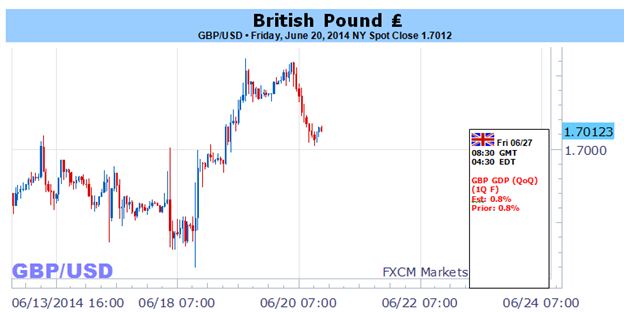
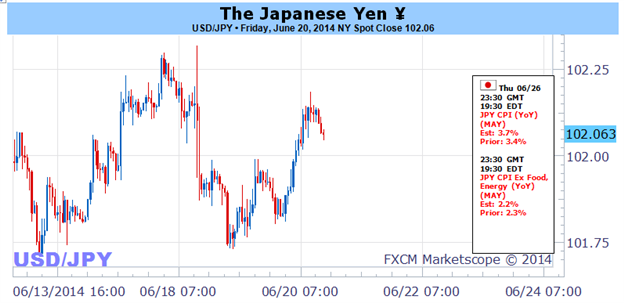
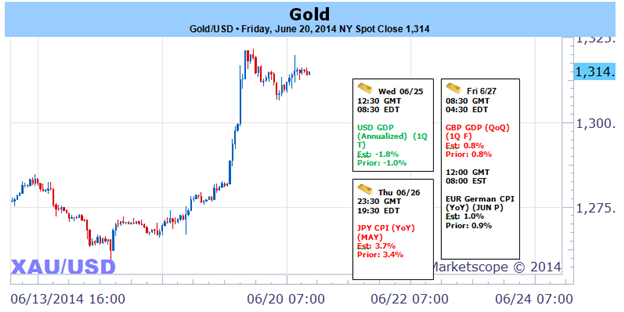
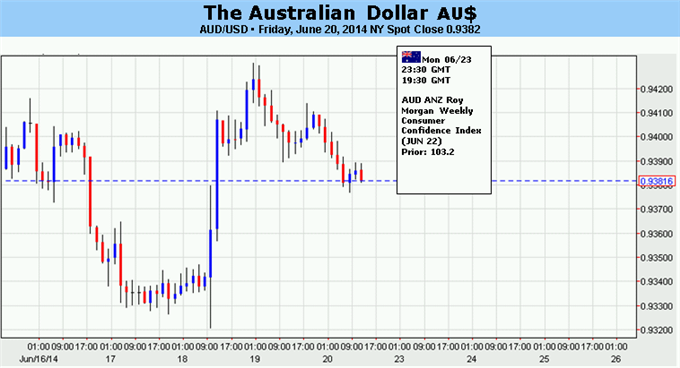
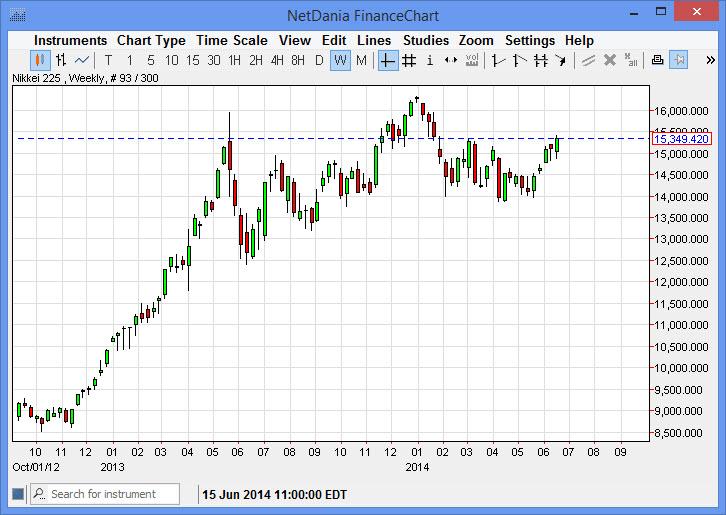
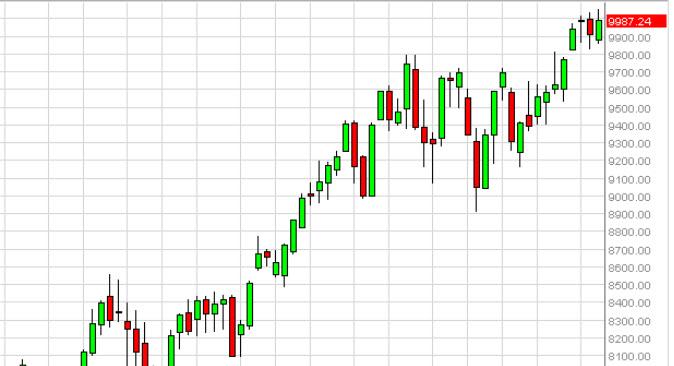
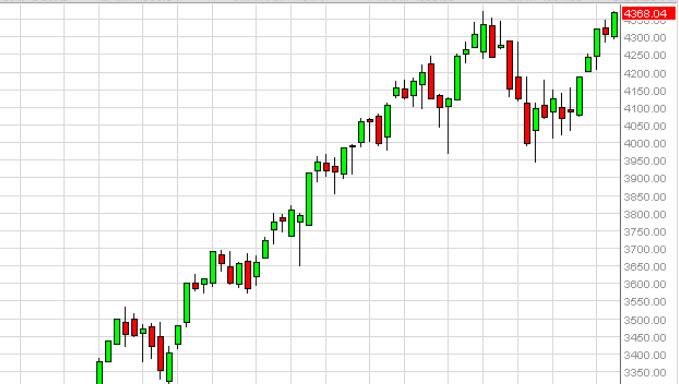
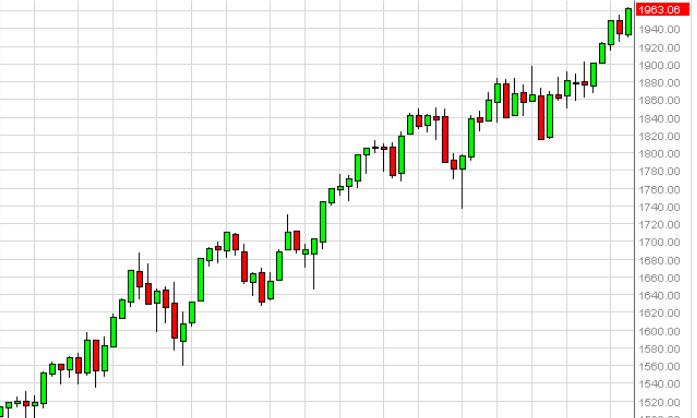


Bookmarks